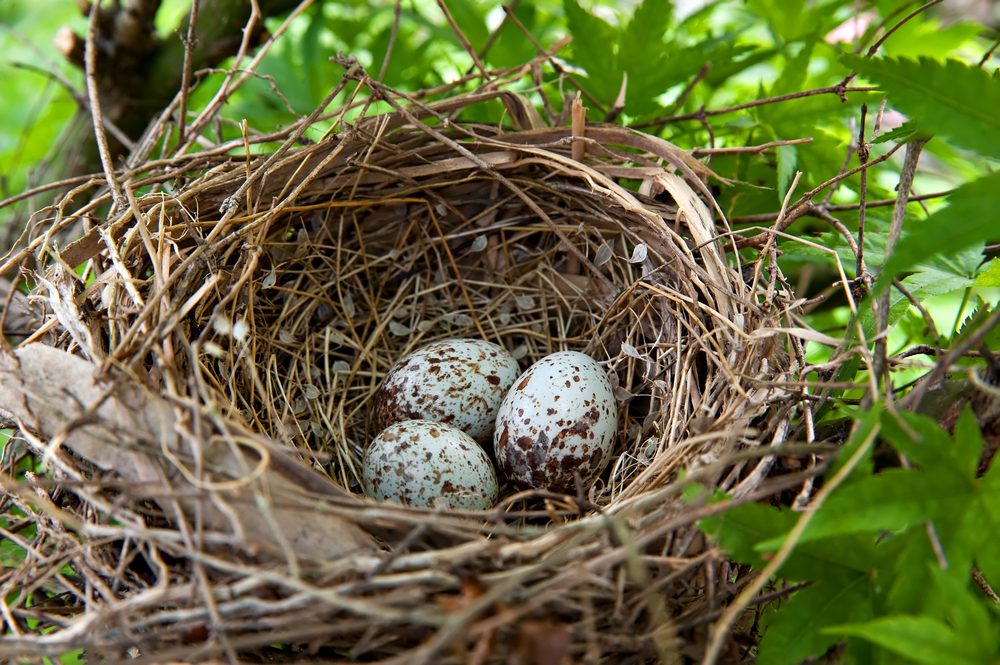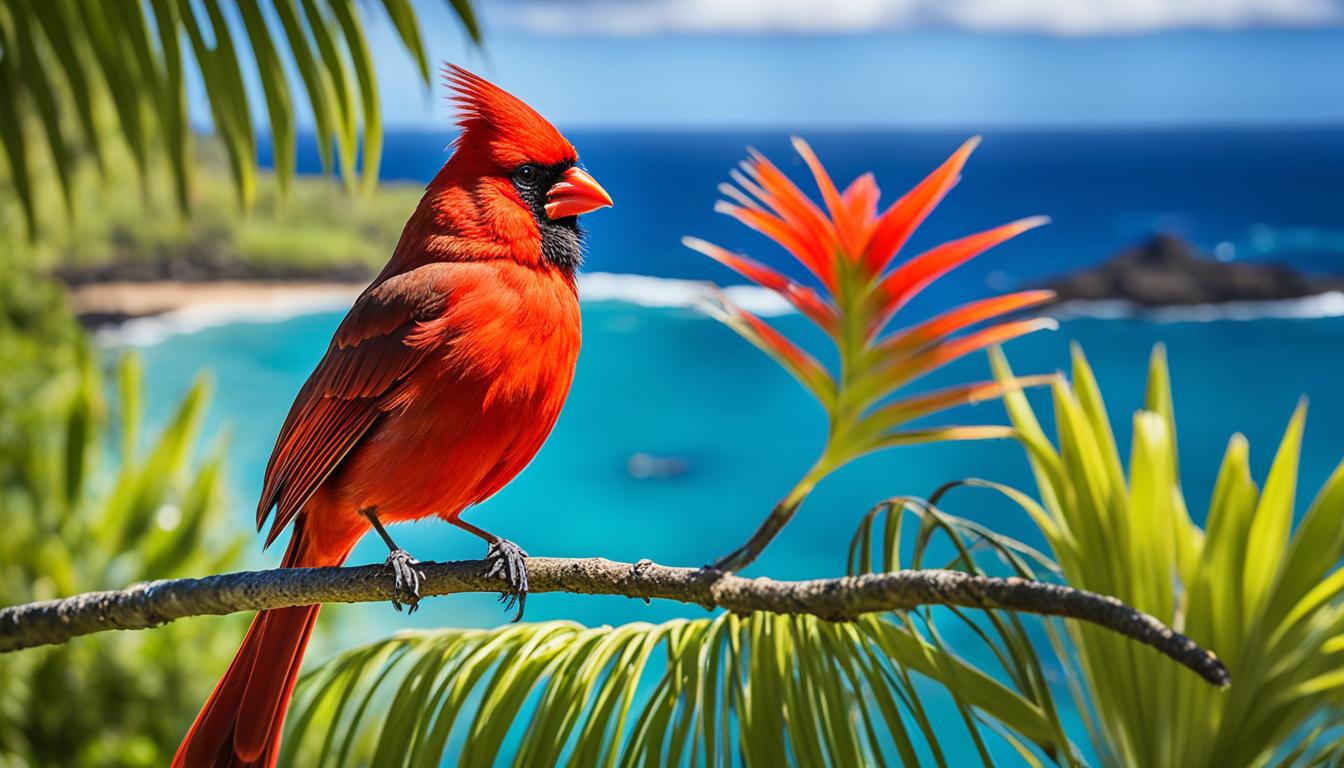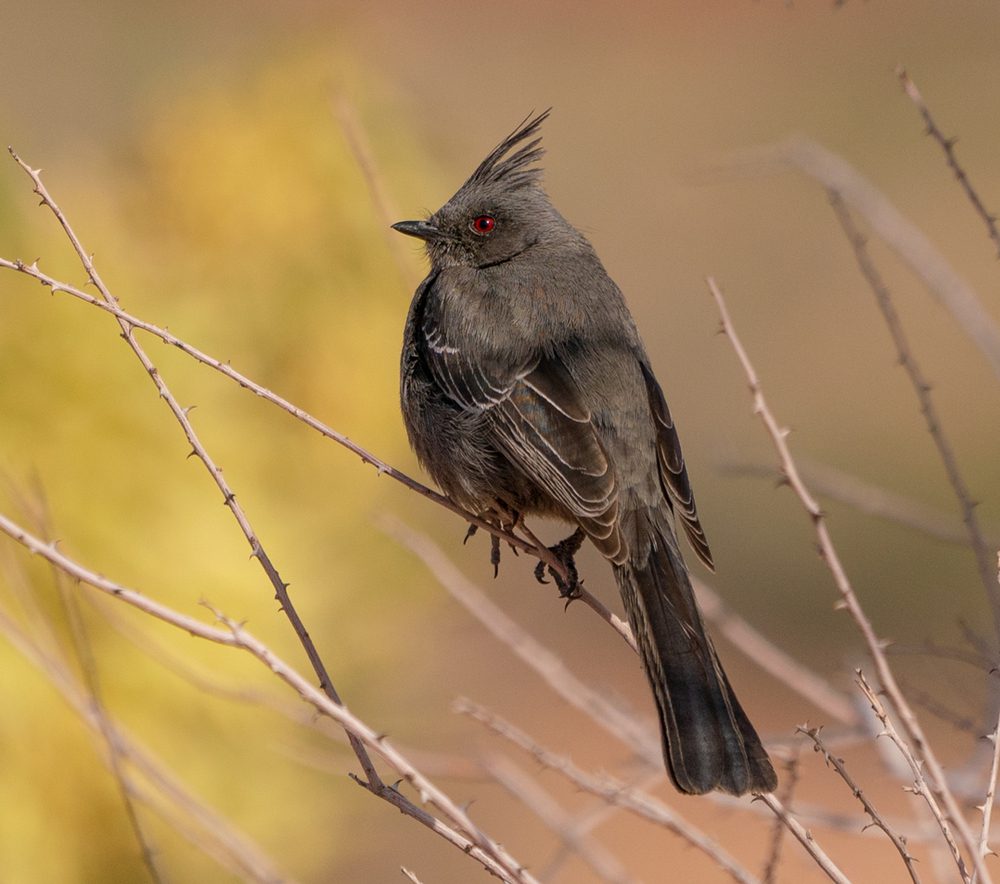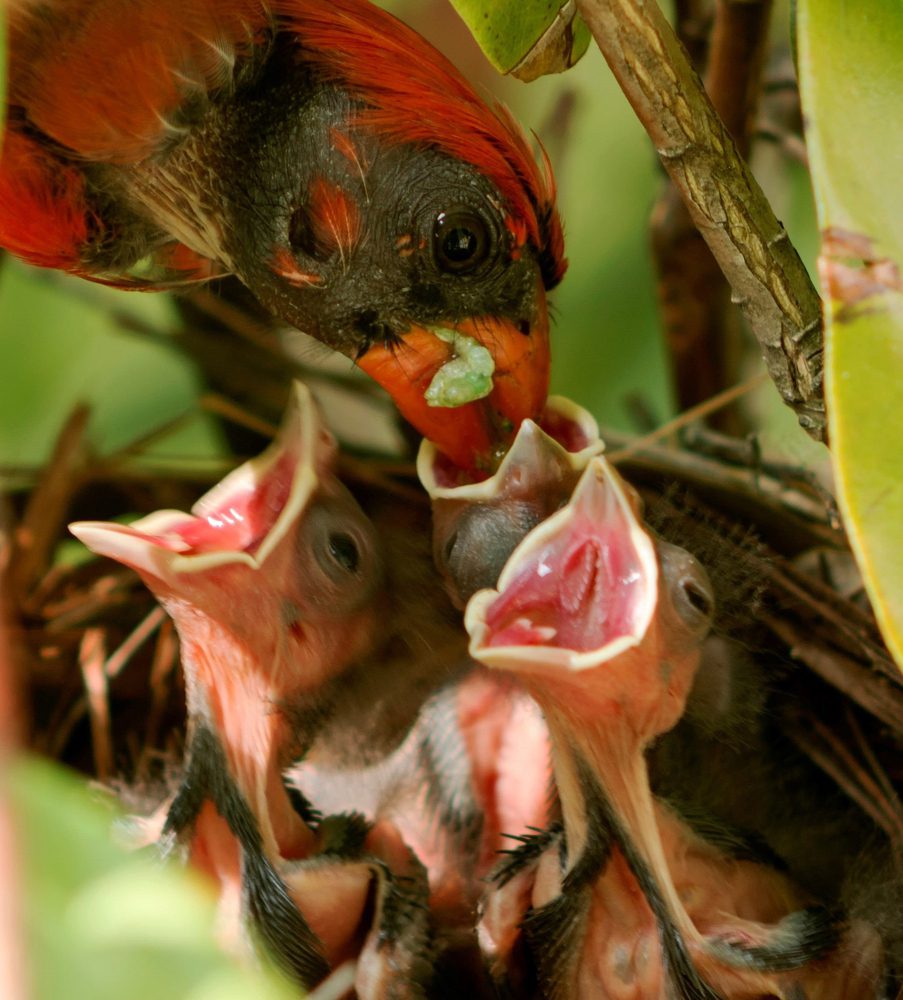The red-winged blackbird nesting habits are intricately connected to their wetland habitat preferences. As colony nesters, they construct cup-shaped nests out of wetland vegetation which are all clustered closely together, often sharing common food sources and defense from predators.
Their nesting period is quite extended, with some birds raising multiple broods over the warmer months. As a result, it’s possible to observe red-winged blackbirds engaged in various stages of the nesting process throughout much of spring and summer across their range.
Understanding the nesting ecology of red-winged blackbirds provides insight into the behavior and adaptations of this abundant wetland songbird. Their flexibility and resiliency as colony nesters has allowed red-winged blackbird populations to thrive across a diversity of wetland habitats, despite extensive human alterations to their preferred nesting areas.
Where Red-Winged Blackbirds Nest
Night time Roosting Habits
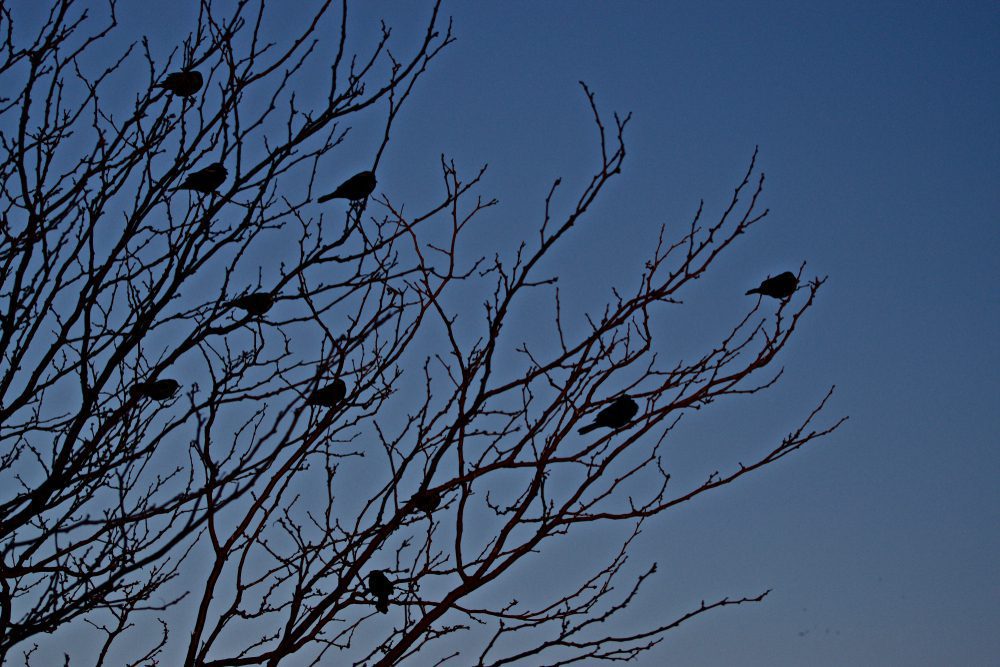
During the non-breeding seasons, enormous flocks of red-winged blackbirds congregate in massive nighttime roosts, sometimes numbering in the millions of birds. These impressive aggregations help the birds maintain body heat and evade nocturnal predators.
Preferred roosting locations include dense stands of cattails, phragmites, or other sturdy marsh vegetation. The birds return to the same winter roosts year after year, creating quite a spectacle at dusk as endless streams of blackbirds arrive from all directions to settle in for the night.
Understanding red-winged blackbird roosting habits provides insight into their social behavior and impressive adaptation to survive cold winter nights in northern climates. The synchronous arrival and swirling murmurations of enormous flocks converging on a roost site is a memorable sight for any bird enthusiast.
Nesting Locations: Marshlands, Swamps, and Wetlands
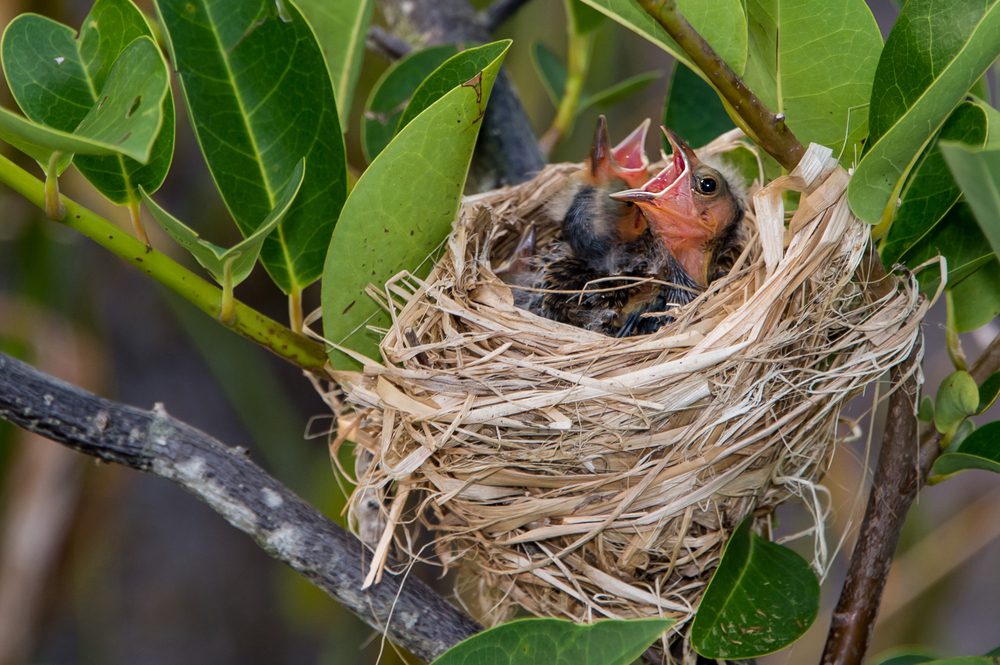
During the breeding season, red-winged blackbirds nest in large colonies located primarily in marshlands, swamps, wet meadows, pond edges, and other wetland habitats. Groups of several hundred to several thousand nests are common in preferred habitat.
Nests are anchored to upright stems of cattails, bulrushes, sedges and other sturdy marsh vegetation above the waterline. The female builds the nest and incubates the pale blue eggs. Meanwhile males defend large territories, using song displays and aggressive attacks to repel intruders.
Understanding where red-winged blackbirds prefer to establish their breeding colonies provides insight into ideal conservation of wetland habitats across North America to preserve robust populations of this iconic bird[1].
Backyard Nesting: Possibilities and Limitations
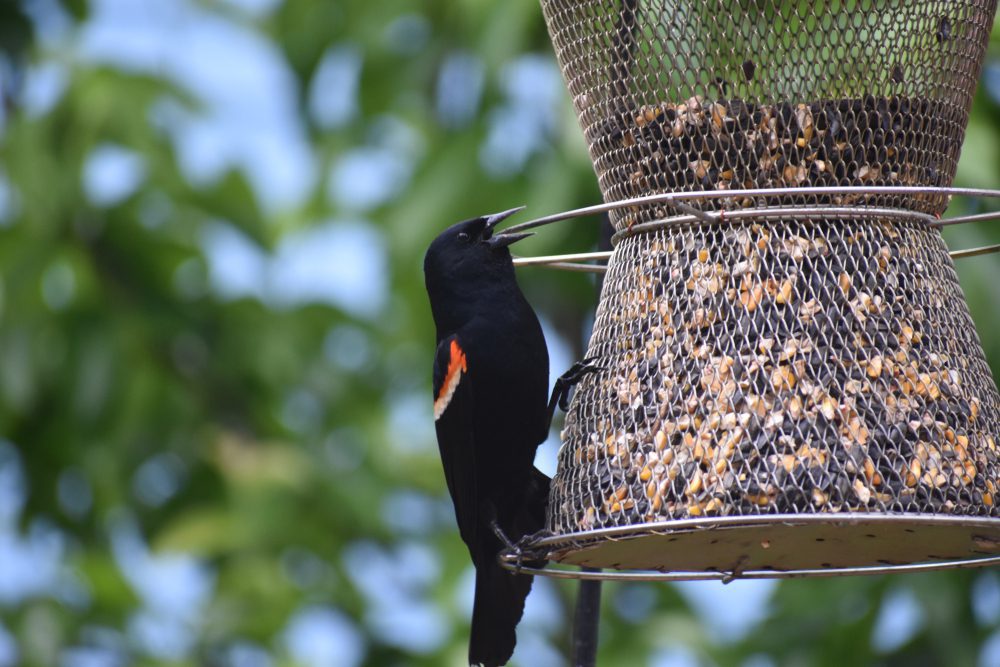
Although red-winged blackbirds occasionally accept man-made nesting structures, most backyard bird houses do not closely replicate their natural nesting preferences. Nests in trees or off the ground make eggs and nestlings more vulnerable to predators.
That said, red-wings will sometimes nest in wetter areas of suburban yards with marshy vegetation near ponds or streams. Providing cattails, bulrushes or multi-stemmed shrubs in wet soil can potentially attract nesting pairs or small colonies.
While large breeding colonies are unlikely, improving backyard habitat with native wetland plants can make yards more accommodating for nesting red-winged blackbirds, allowing residents to observe their fascinating breeding behavior up close.
Nurturing the Next Generation
Abandonment and Adaptations
Red-winged blackbird nests and eggs often suffer heavy losses to predators and harsh weather. As a result, the birds have adapted a resilient breeding strategy allowing them to renest readily. Females routinely build multiple nests per season and readily abandon nesting attempts when threatened.
By distributing eggs among many nests across a large colony, red-winged blackbirds ensure some young survive despite the many threats. It’s not unusual to find abandoned nests with eggs or nestlings succumbing to exposure as the adults prioritize their efforts on more promising nest sites.
Understanding this adaptation of readily abandoning nesting attempts and redistributing resources helps explain how red-winged blackbirds are able to thrive despite the vulnerable nature of their open wetland nest sites.
Nesting Materials and Situations
Red-winged blackbird nests are surprisingly sturdy structures anchored firmly to upright stems of marsh vegetation. The outer shells are woven from wet leaves, grasses and sedges interwoven with mud to form a weatherproof cup.
Inside, the birds line the nests with fine dry grasses which absorb moisture and insulate the eggs. Nest height varies with water levels, allowing the birds to adapt to changing conditions. Nests in cattails may be just a foot or two above the waterline or several feet high during wet seasons.
Observing red-winged blackbird resourcefulness and adaptability when selecting nesting materials in wetland environments provides insight into their success across a diversity of habitat conditions.
Uncommon Red-Winged Blackbird Nesting Habits
Nesting in Trees
While red-winged blackbirds overwhelmingly favor marshland habitats for nesting, they occasionally build nests in trees, particularly where suitable wetland sites are limited. Nests are typically placed in the lower branches of deciduous saplings near water.
Tree nests provide less insulation from temperature extremes and make eggs and nestlings more accessible to predators. However, nest elevations allow the birds to adapt to rising water levels if marsh nests become flooded out.
Observing this adaptive shift in nesting strategy provides insight into red-winged blackbird resilience. Their ability to modify behavior expands potential nesting locations, increasing overall breeding success across varying habitat conditions.
Ground-Level Nesting: Rarity and Conditions
Rarely, red-winged blackbirds will nest on the ground, particularly in drier regions with sparse wetland vegetation. Ground nests are deeply cupped into dense low vegetation, with arched overhead canopies providing cover and shade
However, ground nesting leaves eggs highly vulnerable to predators. Nesting success in these situations is typically quite low.
Observing these uncommon ground nesting attempts in marginal habitat demonstrates the adaptability of red-winged blackbirds to less suitable but available options. However, the rarity of the behavior indicates most nesting pairs strongly favor upright marsh vegetation for greater reproductive success.
Understanding the limitations of ground nesting provides evidence of why red-winged blackbirds remain so closely tied to marshland habitats despite their ability to utilize diverse environments.


